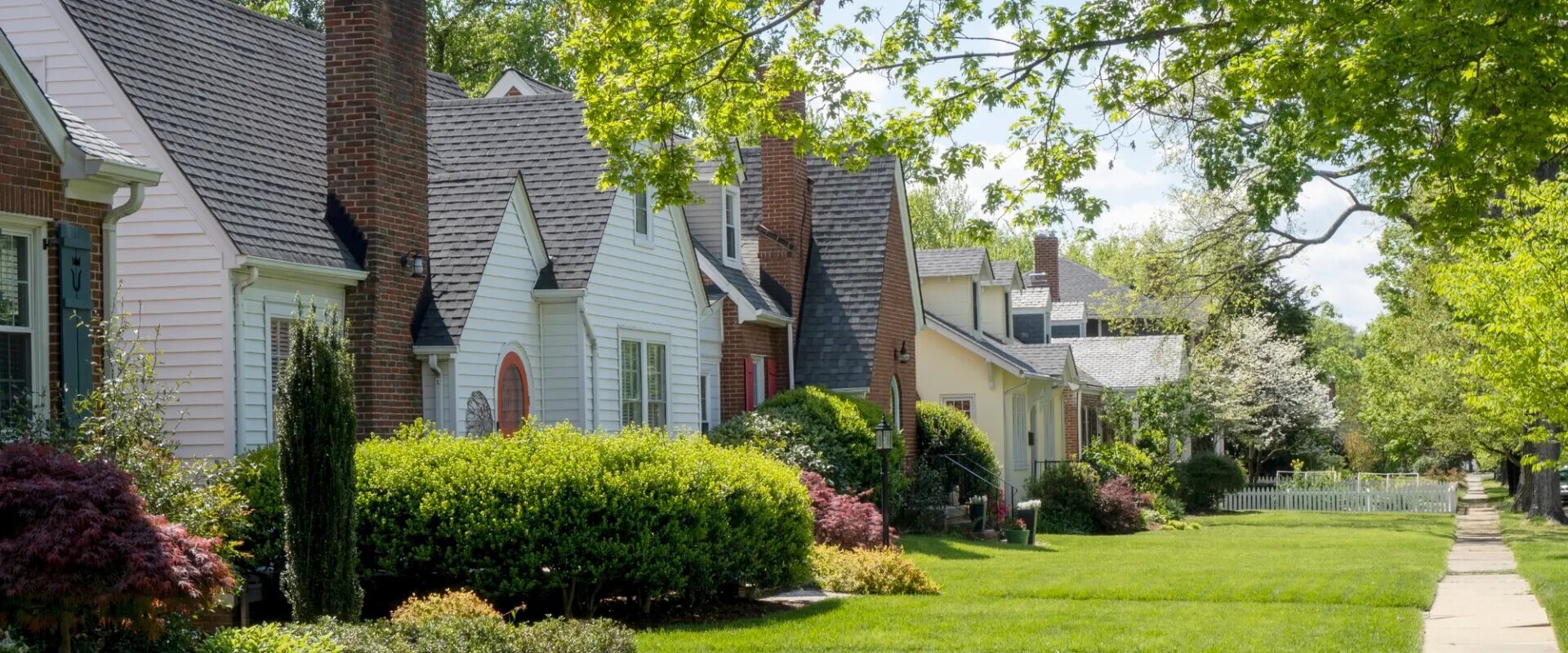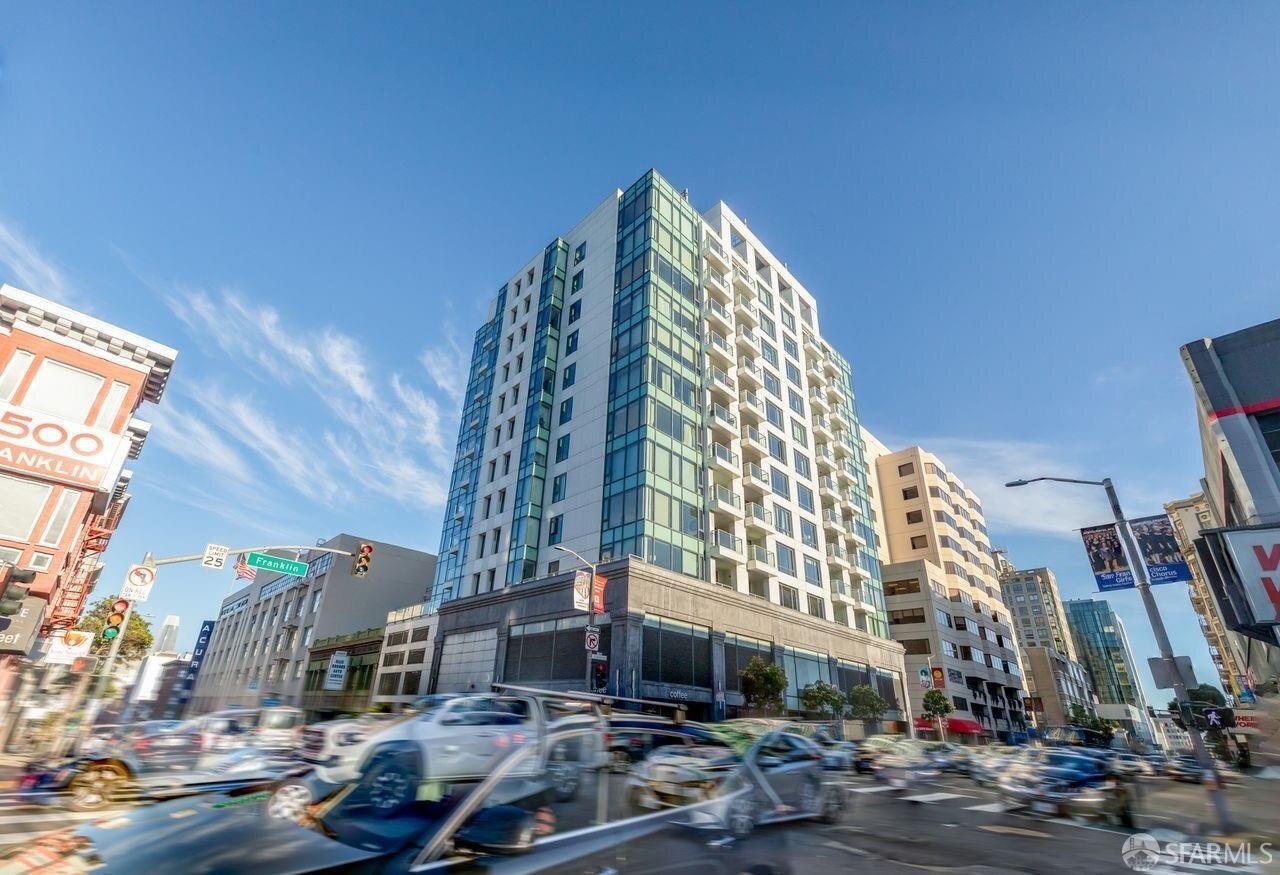
San Francisco is gearing up for an exciting year in real estate in 2024, and the San Francisco housing market is set to see significant activity. Thanks to several key factors, the city’s real estate scene is buzzing with energy. The economy is performing well, creating a positive environment for buyers and sellers. As job growth accelerates, especially with OpenAI’s recent lease of half a million square feet of office space, more people are flocking to the city, increasing the demand for homes.
In addition, rising consumer confidence is playing a significant role. As people feel more secure about their financial situation, they are more willing to invest in property. This increased confidence, a strong job market, and economic growth make San Francisco an appealing place for real estate investment. With these positive trends, 2024 is a standout year for the city’s housing market.
Understanding Housing and Migration Trends in San Francisco
Various factors influence San Francisco’s real estate market, including housing and migration trends. These trends help shape the overall dynamics of the market, impacting everything from property values to neighborhood desirability. Here’s a closer look at these trends and what they mean for prospective buyers and sellers.
Migration Trends Affecting Housing
Migration patterns have a major influence on San Francisco’s housing market, affecting demand and pricing. Here are some key trends to watch:
1. In-Migration of Professionals
San Francisco continues to be a magnet for highly skilled professionals, particularly in the technology and finance sectors. The influx of these high-income workers drives up housing demand, especially in neighborhoods near major business and tech hubs. Key areas include:
- Silicon Valley (Palo Alto, Mountain View, Cupertino)
- Companies: Google, Apple, Facebook (Meta), Intel
- Leased Space: Large corporate campuses
- Hiring: Thousands of new employees across various roles, leading to increased housing needs in nearby areas.
- South of Market (SoMa), San Francisco
- Companies: Salesforce, Uber, Wells Fargo
- Leased Space: Major office buildings and headquarters
- Hiring: Hundreds to thousands of employees, creating demand for properties close to the urban business core.
2. Remote Work and Suburban Shifts
With the rise of remote work, many San Francisco residents are opting to leave the city in search of larger, more affordable homes. This shift has caused changes in housing demand across different neighborhoods:
- SoMa: A decline in interest as fewer office workers need to live near corporate headquarters.
- Sunset District: Gaining popularity due to its proximity to the beach, making it more attractive for those seeking a quieter lifestyle with remote work flexibility.
3. Population Growth and Density
San Francisco’s geography—surrounded by water on three sides—limits its capacity for expansion, making it one of the most densely populated cities in the U.S. The combination of high population density and limited space has led to an ongoing housing shortage, pushing up property prices as demand outpaces supply.
Housing Trends in San Francisco
Several key trends characterize the housing market in San Francisco:
- Rising Home Prices: Home prices in San Francisco have generally increased. This trend is driven by high demand, limited supply, and the city’s strong economic performance. However, price increases can vary by neighborhood and property type.
- High Demand for Single-Family Homes: There is a consistent demand for single-family homes, particularly those with more space and desirable features. Families and high-income buyers are often willing to pay a premium for properties that offer privacy and additional amenities.
- Interest in Multi-Family and Condo Living: With the increased interest in urban living and smaller spaces, multi-family units and condos are also in demand. These properties offer a more affordable entry into the housing market and are popular among younger buyers.
Real Estate Market: Conditions, Trends, and Home Prices in San Francisco
The San Francisco real estate market is dynamic and continuously evolving. Understanding the current conditions and trends can provide valuable insights for anyone looking to buy or sell property in the city.
Market Conditions
- Strong Economic Foundation: San Francisco’s robust economy supports its real estate market, with reliable performance in sectors like technology, finance, and biotech. This economic stability contributes to higher property values and strong demand. Additionally, San Francisco’s vibrant entertainment scene makes it a magnet for residents from neighboring Silicon Valley, who flock to the city on weekends to enjoy its diverse cultural and recreational offerings. This dynamic draws not only residents but also potential buyers, further driving the demand for property in the area.
- Limited Housing Supply: The restricted availability of homes is a major influence on the real estate market. San Francisco’s unique geographic situation—bordered by the Pacific Ocean, San Francisco Bay, and the Golden Gate Strait on three sides—combined with strict zoning regulations limits new construction. These constraints contribute to a tight housing supply and elevated property prices.
- Interest Rates: Mortgage interest rates are crucial in the housing market. Current rates can impact buyers’ affordability and overall market activity. Lower rates generally encourage more buying activity, while higher rates can slow down the market.
Trends in Home Prices
- High Median Home Prices: As of August 2024, San Francisco’s median home price is approximately $1.25 million, making it one of the highest in the nation. This is due to the city’s desirable location, strong job market, and limited housing inventory.
- Neighborhood Variations: Prices can vary significantly depending on the neighborhood. In prestigious areas like Pacific Heights and Sea Cliff, the cost of living and property prices are substantially higher, reflecting their prime location, historic homes, and stunning views. On the other hand, neighborhoods like Bayview, Tenderloin, and Hunter’s Point typically offer more moderate pricing, with a mix of older homes and newer developments, making them more accessible to a broader range of residents.
- Price Fluctuations: While overall prices are high, fluctuations can occur based on market conditions, seasonality, and economic factors. Tracking these fluctuations can help buyers and sellers make informed decisions.
What to Expect at San Francisco Housing Market This Fall
As we dive into 2024, the San Francisco housing market is full of anticipation and potential. Here’s what you need to know to understand the trends and how to make the most of them.
- Trends in Home Price Fluctuations Prices can vary based on different factors, including changes in the economy and shifts in demand. While some areas might see prices rise, others could experience slower growth or declines. Keeping an eye on these fluctuations can help you decide whether you buy or sell.
- Predicted Market Shifts by Neighborhood Certain areas may become more popular and see rising prices, while others might lag. For example, neighborhoods undergoing development or those close to new amenities are likely to see increased interest. Researching the specific trends in different neighborhoods can give you an edge in finding the best location for your needs.
- The Role of New Construction in Market Dynamics In 2024, a mandate from the mayor will drive the construction of new homes and apartments, impacting mainly supply less so demand. These modern developments will attract buyers while contributing to the overall housing supply, potentially stabilizing prices.
- Historical Price Trends Historically, home prices tend to rise during spring as more buyers enter the market. This seasonal trend is driven by factors such as better weather and the school year’s end, making it easier for families to move. Understanding these historical trends can help you plan your buying or selling strategy.
- Factors Contributing to Seasonal Price Growth Several factors contribute to the increase in home prices during certain times of the year. The end of the school year and tax season can also boost the market. Being aware of these factors can help you time your real estate decisions to take advantage of seasonal price movements.
- How to Navigate Price Hikes Effectively There are ways to navigate these increases effectively. One strategy is to start your home search early to avoid competing with other buyers in the spring rush. Another approach is to work with a knowledgeable real estate agent who can help you find good deals and negotiate effectively. Being prepared and informed can make a big difference in a market with rising prices.

What You’ll Pay for Homes Across San Francisco
If you’re looking to buy a home in San Francisco, it’s crucial to understand the various costs involved. Here’s a clear overview of what you can expect to pay and how prices vary across different neighborhoods and property types.
Average Home Prices by District
Downtown/Nob Hill
Downtown/Nob Hill is one of San Francisco’s most iconic and historically rich districts. Located in the city’s core, this area includes the Financial District, Nob Hill, and Union Square, each contributing to its unique urban sophistication and cultural vibrancy. Due to its prestigious reputation and prime location, home prices in Downtown/Nob Hill tend to be higher than the citywide average. The specific median sales prices can vary greatly based on property type (single-family homes, condos, apartments), size, condition, and exact location within the district.
Pacific Heights and the Marina District
Pacific Heights and the Marina District are neighboring neighborhoods known for their distinct charm and appeal. Both offer stunning views, upscale amenities, and a vibrant urban lifestyle, making them some of San Francisco’s most coveted residential areas. As a result, these neighborhoods generally feature higher median sales prices compared to the citywide average. Prices in Pacific Heights and the Marina District are influenced by property type, size, condition, and exact location within the neighborhoods.
Price Comparisons
- Pacific Heights and Nob Hill: These areas are renowned for their luxurious amenities and prime locations, resulting in some of the highest home prices in San Francisco.
- The Mission District and Potrero Hill: While also relatively high, prices in these neighborhoods are typically more affordable than those in Pacific Heights and Nob Hill.
- Outer Mission and Excelsior District: For buyers seeking more budget-friendly options, these neighborhoods offer more affordable housing choices compared to the more upscale districts housing.
Comparing Costs of Different Property Types
- Single-Family Homes: Generally have higher price tags, reflecting their larger size and more private settings.
- Condos: Typically cost less than single-family homes and often come with shared amenities like pools and gyms.
- New Construction and Renovated Homes: Usually priced higher due to modern features and updated conditions compared to older homes.
Factors Influencing Local Price Variations
- Location: In San Francisco, the pricing dynamics can vary. While downtown condos may be more affordable, single-family homes, especially on the north side of the city, tend to command higher prices due to their premium locations and desirable views.
- Amenities: Homes near parks, good schools, and public transport tend to be priced higher.
- Microclimates: San Francisco experiences diverse microclimates, with temperature variances of up to 10°F. It’s possible to have foggy and sunny conditions simultaneously in different parts of the city.
Inside the Luxury Market: Trends in San Francisco High-End Real Estate
The luxury real estate market in San Francisco is highly coveted. Here are the latest trends shaping this sector:
High-End Property Price Trends
- Elevated Prices: Luxury homes in San Francisco are priced at a premium, reflecting their exclusive features and prime locations.
- Price Stability: Despite fluctuations, high-end properties consistently attract strong interest and maintain their value.
Popular Luxury Neighborhoods
- Notable Areas: Noe Valley, Pacific Heights, Presidio, St. Francis Woods, Monterey Heights, and Lake Street are renowned for their upscale properties and amenities.
- Desirable Developments: New luxury listings in San Francisco frequently boast exceptional amenities, including breathtaking panoramic views that enhance the appeal of these upscale properties.
Impact of Global Buyers
- International Demand: Global investors are increasingly drawn to San Francisco’s luxury market, intensifying competition and driving prices higher.
- Investment Appeal: The city’s prestige and potential for significant returns continue to attract international interest. These returns are primarily driven by the appreciation of property values rather than cash flow.
Conclusion
As fall 2024 approaches, the San Francisco housing market is buzzing with opportunities. The city’s strong economy, increased job growth, and rising consumer confidence make it an exciting time to look for a home. Whether you’re seeking a first-time property, investing in real estate, or exploring luxury options, San Francisco offers a range of possibilities to suit your needs.
Ready to find your dream home? Start exploring San Francisco’s real estate with Haley Sells The City. Connect with our experienced team to discover what’s available and make the most of this vibrant market. Contact us today to begin your search and take advantage of the opportunities waiting for you!

